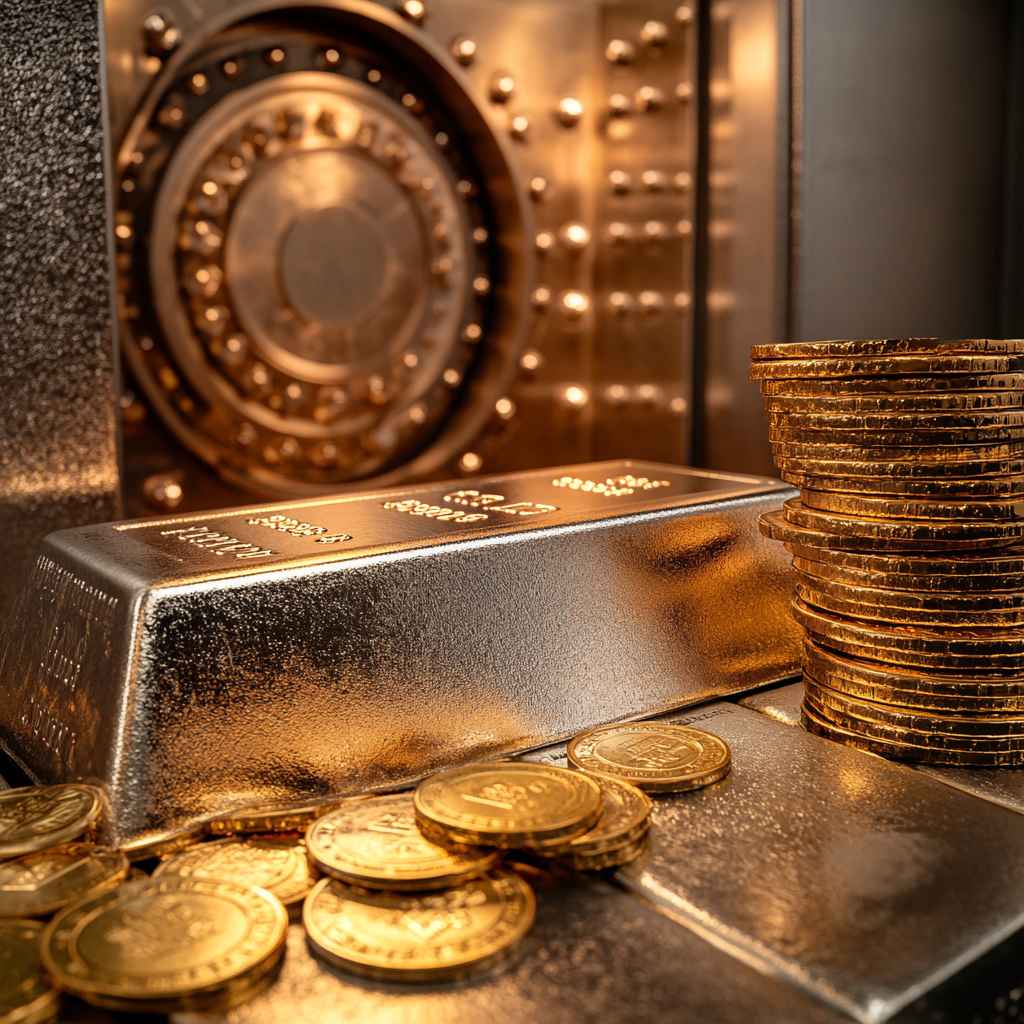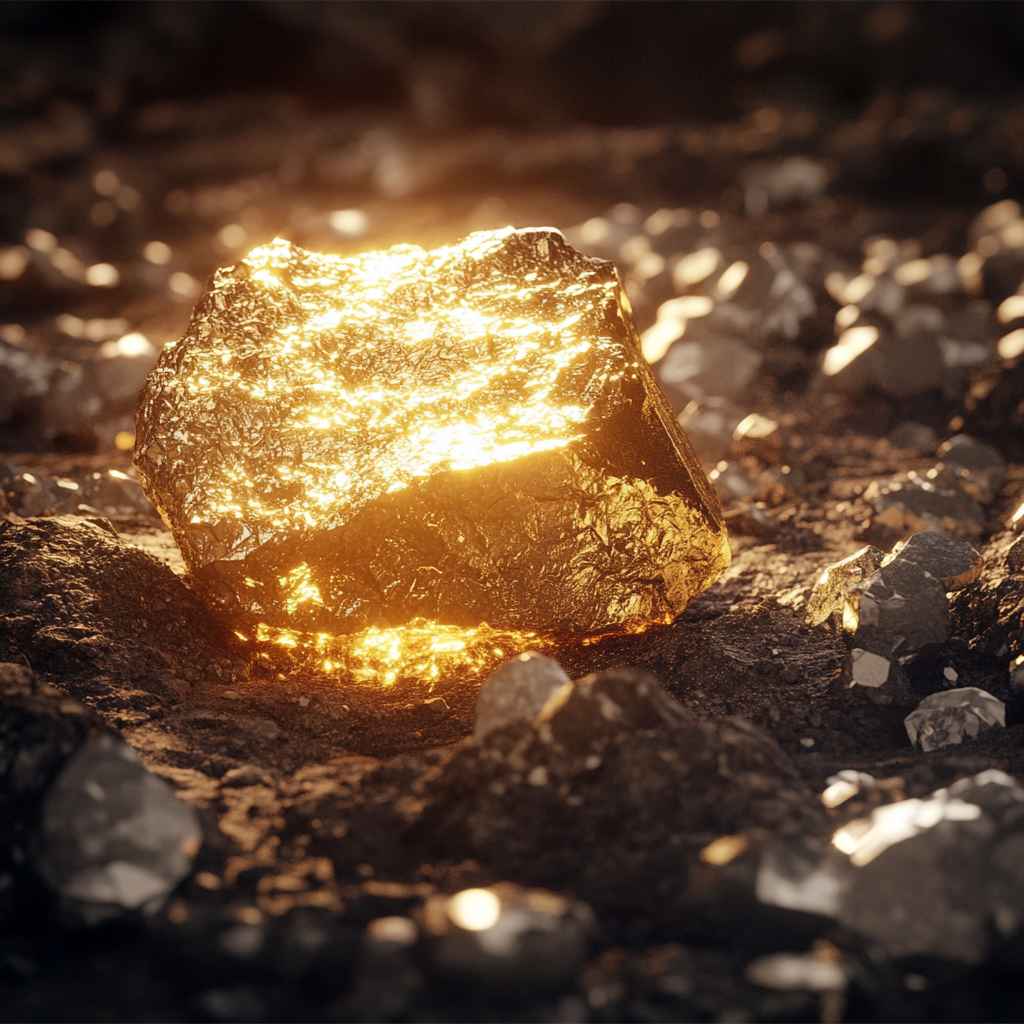Gold and silver have been prized for their beauty and value for centuries.
While both metals are cherished in jewellery, investment, and industry, gold is significantly more expensive than silver.
But why is that the case?
Let’s explore the factors that make gold more valuable and costly compared to silver.

1. Rarity and Limited Supply
Gold is rarer than silver in the Earth’s crust, which makes it more valuable. The difficulty in mining gold, combined with its limited supply, creates scarcity that drives up its price. In contrast, silver is more abundant, making it less expensive.
2. Higher Demand for Investment and Wealth Preservation

Gold has a long-standing reputation as a reliable store of value and is widely used in investments such as gold bars, coins, and ETFs. Central banks around the world also hold significant gold reserves. This demand for gold as a hedge against inflation and economic uncertainty adds to its high price. While silver is also used in investments, its role is less prominent than gold’s.
3. Cultural and Historical Significance
Gold has been associated with wealth, power, and prestige for thousands of years. Its cultural and historical significance as a symbol of luxury and status contributes to its higher value. Silver, while valuable, doesn’t carry the same level of historical importance or universal recognition.
4. Industrial Use Differences
Both gold and silver have industrial uses, but the demand varies. Silver is widely used in industries like electronics, solar panels, and photography due to its excellent conductivity and affordability. However, gold’s unique properties—such as its resistance to corrosion and conductivity—make it indispensable in high-end electronics, medical devices, and aerospace applications. These specialized uses add to gold’s value.
5. Durability and Longevity
Gold is more durable than silver. It doesn’t tarnish or corrode, making it ideal for long-term use in jewellery and investments. Silver, on the other hand, tarnishes over time and requires regular maintenance. Gold’s superior durability adds to its appeal and cost.
6. Easier Liquidity
Gold is easier to trade and more liquid in global markets compared to silver. Its higher value per ounce means it’s more practical to store and transport for large-scale transactions. This ease of liquidity makes gold a preferred choice for investors, contributing to its higher price.
7. Production Costs
Mining and refining gold is a more complex and expensive process than extracting silver. Gold deposits are often located deeper underground or in harder-to-reach areas, increasing the cost of production. This added expense is reflected in gold’s price.
8. Symbol of Prestige and Wealth
Gold has always been seen as a symbol of wealth and luxury. It is a common choice for high-end jewellery, awards, and decorations, further solidifying its position as a status symbol. While silver is beautiful and versatile, it doesn’t carry the same level of prestige, which impacts its price.
9. Stable Value Over Time
Gold’s value tends to remain stable or increase over time, even during economic downturns. This stability makes it a safe haven for investors, further increasing its demand and price. Silver, while also valuable, is more volatile in terms of pricing.
10. Scarcity in Global Reserves
The amount of gold in the world is much smaller compared to silver. While silver reserves are relatively abundant, gold’s limited global supply contributes to its higher price. This scarcity makes gold more desirable for those seeking a secure and finite asset.
final thoughts
Gold is more expensive than silver due to its rarity, cultural significance, durability, and specialized uses. Its role as a symbol of wealth and a safe investment further boosts its value. While silver remains a versatile and valuable metal, gold’s unique qualities make it stand out as the more prestigious and costly choice. Whether as jewellery, an investment, or a status symbol, gold’s allure continues to shine brighter than silver.
